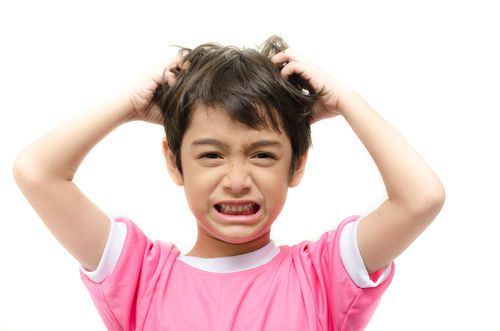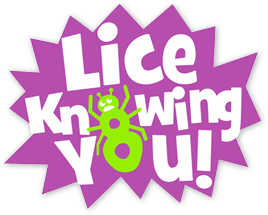Signs and Symptoms of Lice

Signs & Symptoms of Lice
Symptoms help to identify lice cases when the bugs are too hard to spot. Learn which symptoms are a sign of lice – and which are not.
What many people don’t realize is that only 60% of people with head lice actually itch. The itching comes from an allergy to the saliva in the lice bites, so people that aren’t allergic won’t experience the same itchy symptoms as those that are. Read on to learn about other things to watch out for if you are on the lookout for head lice.
1) Itchy Scalp
This is perhaps the most obvious symptom. If you or your child is experiencing an unusually itchy head, lice could be the culprit. When it comes to lice, there are people that itch a lot, and people that don’t itch at all.
Unsurprisingly, there are also people that only feel a slight tingle on their scalp when infested with lice. So, pay attention to even small tickles on your scalp, as this could also be a sign of lice.
Lice particularly love the scalp, behind the ears and the nape of the neck, but they love hair so they can be found anywhere on the head. Keep in mind that lice are head lice – meaning they will not travel to other parts of the body. If your child is experiencing an itchy leg, for example, lice is not the culprit.
2) Nits on the Hair Shaft
You can often see the lice eggs, commonly referred to as nits, on the hair shaft. They look like tiny white little grains of sand and are often mistaken for dandruff.
If you notice nits on you or your child’s head, your focus should be on manually removing all nits and lice from the head. It’s very difficult to tell which nits are viable eggs, so your best bet is not to discriminate – remove them all and you won’t have to worry about which grow into adult lice. While some of those nits may be non viable, trying to determine the viability of every nit on the head without examination under a microscope can be very challenging and your time is better spent focusing on 100% removal of everything on the head. This is really the only guaranteed way to get rid of a head lice infestation.
People often mistake dry scalp or dandruff for nits. One key difference is dandruff flakes off whereas nits literally stick to the hair shaft and will not move if you blow on them. Things like hair product residue and food can also stick to the hair shaft and do not move. Remember: Nits are only laid on one side of the hair shaft and have a very distinctive teardrop shape. If you are struggling to identify what you are finding, please send us a photo of what you are finding to info@nullliceknowingyou.com. We will do our best to identify via email.
When checking a head, chances are you will not see the lice because they are very fast moving. You will however see the nits and that is what you should be looking for to determine if you have an infestation. While it is most common for eggs to be laid 1/4 to 1/2 inch from the scalp, in warmer weather eggs are commonly laid anywhere on the hairshaft. This is because lice move more freely around the head in warmer weather. This is why people often think Springtime is lice season. There is no such thing as a lice season. Lice are a year-round problem, they are just more easily spotted in warmer weather.
Still Have Questions?
Contact Lice Knowing You® today to schedule a professional head lice check!
